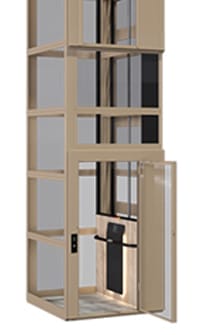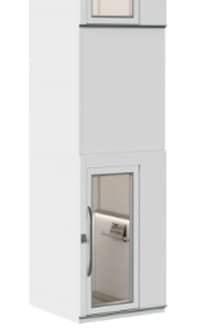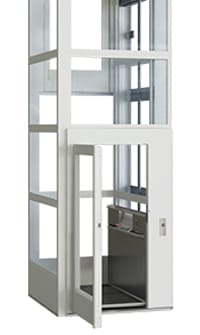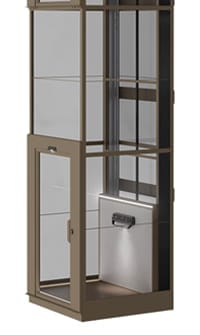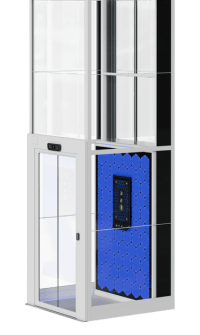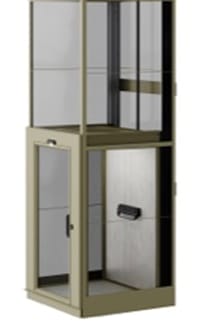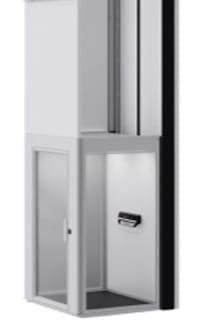Our Video Cibes Talk EP.1
00:00 Cibes Talk — Introduction
In this episode of Cibes Talk, the host addresses frequently asked questions about why home elevators are expensive, their origins in Sweden, flood-protection measures, and the readiness of the service team to handle related issues.
00:17 The high cost of home elevators
Home elevators—especially screw-driven models—tend to be pricier because the product comes with an integral shaft/hoistway, unlike standard elevators where pricing usually covers only the mechanism without the shaft. Customers should therefore consider the total cost that includes both the elevator and the surrounding shaft structure.
00:42 Elevator manufacturing in Sweden
Installing an elevator requires a budget for structural work and other site preparation. Swedish elevators, particularly screw-driven types, are known for innovation; the first factory to produce screw-driven elevators was located in Sweden.
01:00 Flood-protection system
Since its founding in 1947, Cibes Lift has implemented flood-protection systems, including sensors that activate when water levels rise, to ensure the elevator’s safety and operation during flooding.
01:19 Responsibility for site preparation
Cibes Quiz | Cibes Talk EP.1
🏠 Cibes Home Lift Quiz
Test your understanding of the Cibes script: pricing reasons, origin (Sweden), flood-protection system, and responsibility for site preparation.
Swedish Screw-Driven Home Lifts: Why They’re Expensive, Why Sweden, and Flood Protection (Updated 2026)
Quick Summary (Key Takeaways)
-
Higher price because a screw-driven lift comes with an integral shaft/hoistway, not just the lift mechanism—so you must consider the total cost of the lift + shaft.
-
Why Sweden: the origin of the screw-lift system, with a long track record of production and innovation (since 1947).
-
Flood protection: sensors monitor water levels and automatically move the lift to an upper floor to reduce the risk of water reaching the motor.
-
Site preparation is the customer’s responsibility (e.g., concrete shaft/structure, on-site works, electrical). Thai providers (e.g., Cibes Thailand) handle sales–installation–after-sales service.
1) Why do home lifts seem “more expensive”?
Screw-driven home lifts (screw lifts) include an integral shaft/hoistway, unlike conventional lifts that are priced only for the mechanism.
Therefore, the “total budget” must cover both the lift + shaft/structure, not just the lift unit.
Costs to budget for
-
Concrete shaft/frame and other site-preparation works
-
Electrical system/breakers and readiness of the installation area
-
Finishes around the shaft (if desired)
Think in terms of TCO (Total Cost of Ownership) for a clearer picture—don’t look only at the unit price.
2) Why Sweden—strengths of screw lifts
Sweden developed the screw-lift system and has been producing it since 1947, with a longstanding reputation for engineering and safety.
Swedish brands such as Cibes are popular in the home-lift segment for their innovation, compact structures, and systematic installation.
3) How does the flood-protection system work?
There is a water-level sensor. When water reaches a preset threshold, the system will:
-
Automatically move the lift car to an upper floor to protect the motor/electrical components from water
-
Reduce the chance of damage and help the system return to service faster after flooding
Tip: If your home is in a flood-prone area, consult your installer to position critical components above recurrent flood levels.
4) Who is responsible for on-site preparation?
By industry practice, on-site preparation is the customer’s responsibility, including:
-
Building the concrete/steel shaft according to the design
-
Providing installation access (opening penetrations/arranging a temporary crane if necessary)
-
Main power supply and cable routes
-
Finishes/decoration around the shaft (as per design)
Providers in Thailand (e.g., Cibes Thailand) handle a complete workflow: site survey – design – installation – service.
5) Services in Thailand: Sales – Installation – Service
For peace of mind, choose a provider with a full in-country team covering site survey, design, installation, user training, and after-sales service, with spare parts available.


